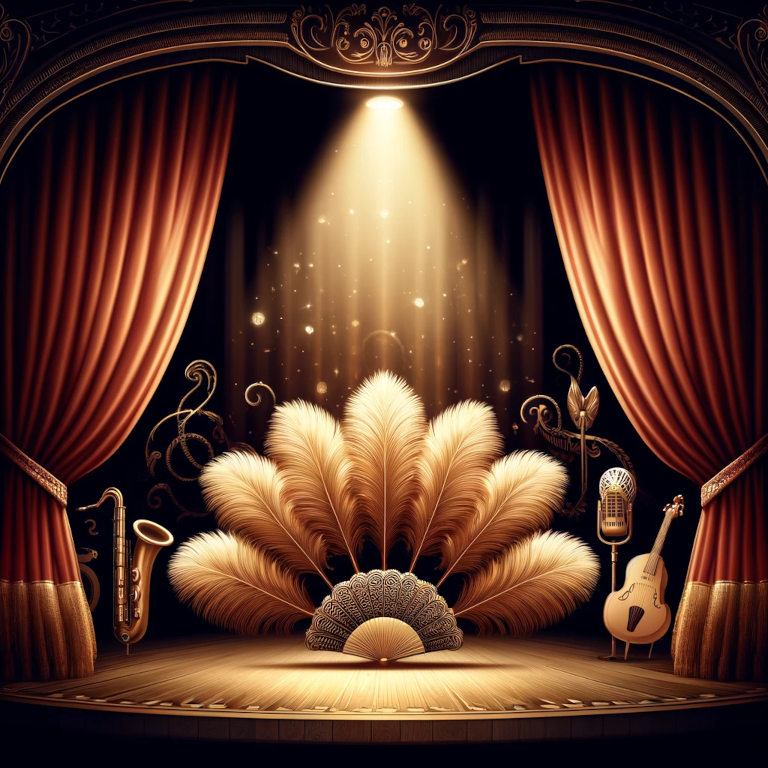Burlesque has long stood as a cornerstone of unique and theatrical entertainment, weaving together dance, comedy, and elaborate costuming to create an unforgettable spectacle. This art form offers an engaging escape that captivates audiences with its blend of humor, satire, and performance art, often set to the tune of a jazz or cabaret-style soundtrack. As an expert in Entertainment, this article explores the vibrant world of burlesque shows, highlighting their history, key elements, and why they remain a cherished entertainment medium.
What is Burlesque?
Originating in the 17th century, burlesque has evolved significantly over the centuries. Initially, it served as a musical and theatrical parody used to mimic and mock high culture and opera. Today, it has transformed into a performance art that includes elements of satire, performance dance, and adult entertainment, focusing more on the playful and sensuous aspects. Modern burlesque is synonymous with elaborate costumes, humorous acts, and a strong sense of body positivity and self-expression.
Elements of a Burlesque Show
- The Dance: Dance routines in burlesque are intricate and stylistically unique to each performer. They often feature a combination of classical, jazz, and modern dance moves.
- Costuming: One of the hallmarks of burlesque is its vibrant and ornate costumes. Sequins, feathers, and corsets are standard, contributing to the visually striking nature of the performances.
- Music: Music plays a pivotal role, setting the tone and mood of the performance. Classic burlesque shows might feature live bands playing jazz or blues, enhancing the vintage feel of the show.
- Comedy and Satire: Burlesque is known for its witty banter and comedic sketches that often accompany the dance performances, making light of social norms and cultural topics.
- Audience Interaction: Engaging with the audience is crucial in burlesque, with performers often breaking the fourth wall to include the audience in their act.
The Cultural Significance of Burlesque
Burlesque shows are more than just entertainment; they are a celebration of artistic expression and body positivity. They empower performers and audiences alike by embracing all body types and promoting self-expression in a judgement-free environment. Burlesque has also been instrumental in challenging societal norms about sexuality and gender roles, making it a progressive form of artistic expression.
Popular Burlesque Shows and Performers
Some legendary burlesque shows and performers have become icons, such as Dita Von Teese, known for her glamorous and polished performances that epitomize the art of burlesque. Other notable shows include the famous “Moulin Rouge” in Paris and “The Box” in New York City, each offering a distinct take on this classic form of entertainment.
Experiencing a Burlesque Show
Attending a burlesque show offers a chance to step into a world of glamour and theatrical flair. For those looking to enjoy this unique form of entertainment, it’s advisable to check local event listings or visit renowned cabaret venues that regularly host these performances. Each show promises an evening of laughter, allure, and artistic spectacle, making it a must-see for those appreciating performance art with a twist.
Burlesque remains a dynamic and influential form of entertainment that captivates and challenges audiences worldwide. Its ability to blend humor, dance, and opulent aesthetics offers a unique cultural experience that continues to evolve while respecting its rich historical roots. Whether you’re a longtime fan or new to the scene, the world of burlesque shows promises something wonderfully out of the ordinary.






